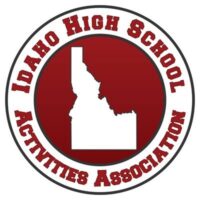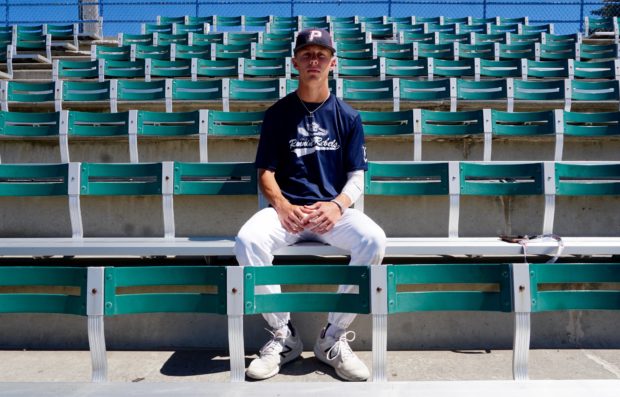The Idaho High School Activities Association recommends that athletes wear face masks when possible this fall, but says plastic face shields shouldn’t be allowed in competition.
Students should avoid fist-bumps and high-fives after competition.
And masked coaches should hold practice outside as often as possible.
These are among the guidelines released by the IHSAA Thursday, in a 52-page document that enables schools to resume activities this fall, but says that the “near certainty of recurrent outbreaks” means some athletes might have to quarantine during sports seasons,” possibly multiple times.”
“It is not likely that ALL students will be able to return to and sustain athletic activity at the same time in all high schools and regions in Idaho,” the IHSAA wrote in its guidance. If a school district closes because of COVID-19, the document says, “there should be no practice, training or competition among athletes in that school or district.”
Idaho health officials have said allowing students to return to fall sports significantly complicates school reopening plans.
Gina Pannell, program manager for Central District Health, said in a State Board of Education meeting that student travel from district to district — and even within large districts — exacerbates exposure risk.
“I don’t know how we’re going to keep schools in person if we intermingle school districts with sports,” she said. “We don’t want people shouting, let alone playing sports next to each other because of the risk of exposure.”
The IHSAA guidelines mandate that schools have to get approval from their local school boards and public health officials before sports begin. The document lists four requirements for schools:
- Schools that host events are required to create a plan for fan and team attendance. These plans must follow the governor’s reopening protocols and receive local health department local school board approval.
- Schools must develop a transportation plan.
- Schools must have a plan for what to do if a coach or athlete tests positive, approved by the health department and school board.
- They must also work out a “return-to-participation” plan with the school board and health department.
All other guidance in the document should be considered “a suggestion,” IHSAA wrote.

The guidelines list fall sports according to risk category, and include a number of suggested measures for each.
High-risk sports involve close contact, a “lack of significant protective barriers,” and a significant chance that respiratory particles — which spread COVID-19 — will be transmitted between players. Those sports include wrestling, football, performance and competitive cheer and dance and drill that involves stunts.
Moderate-risk sports involve close contact, but participants can reduce transmission by using protective equipment or limiting contact. Those include basketball, volleyball, baseball, softball, soccer, gymnastics, tennis, swimming relays, pole vault, high jump, long jump, bowling and 7-on-7 football.
Lower-risk sports, which can be done with physical distancing, sanitizing equipment, or no equipment sharing at all, including individual running events, individual swimming events, throwing events such as javelin, golf, weightlifting, performance and competitive dance and cross-country running with a staggered start.
Suggestions for various sports include that coaches, officials and personnel wear face masks at all times (officials can use air-horns instead of whistles). Athletes should also have their own water bottles, shower immediately after practices and practice social distancing on benches, sidelines and in locker rooms where possible.
The requirements in the document are all subject to change, depending on orders from the governor’s office, State Board and IHSAA board of directors.
The fall season officially starts on Aug. 10.
“Let’s all hope that everyone does their part to allow our student athletes the opportunity to participate,” the document says.
Read the full guidelines below:
